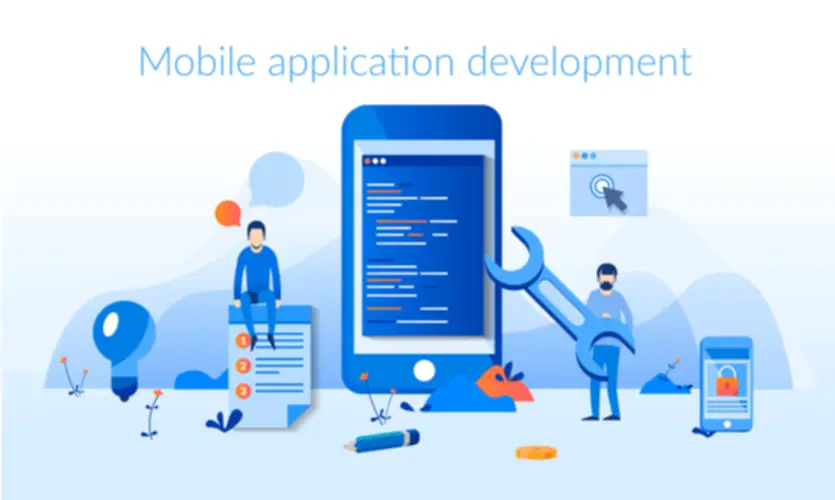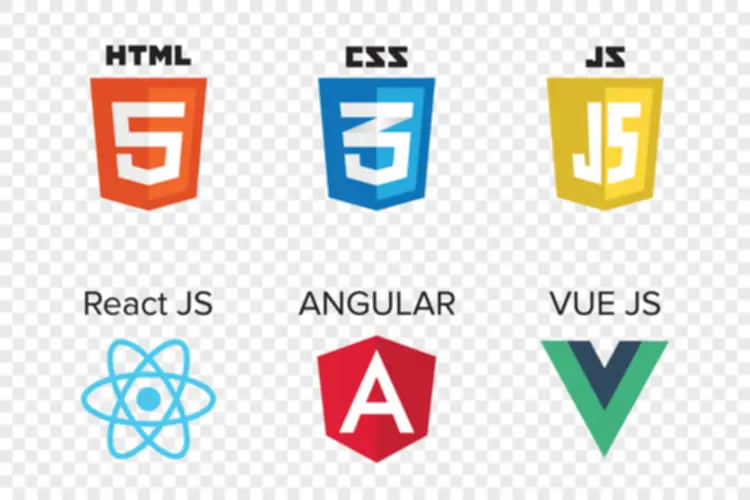Master MS Excel for information evaluation with key formulas, features, and LookUp tools in this comprehensive course. Master Large Language Models (LLMs) with this course, offering hire rnn developers clear steering in NLP and model coaching made easy. Below are some examples of RNN architectures that may help you better understand this. Collobert, J. Weston, L. Bottou, M. Karlen, K. Kavukcuoglu, and P. Kuksa, “Natural language processing (almost) from scratch,” J.

Cnns Vs Rnns: Strengths And Weaknesses
K. Paliwal, “Bidirectional recurrent neural networks,” IEEE Trans. More recent research has emphasised the importance of capturing the time-sensitive nature of customer interactions. Studies like that of Fader and Hardie (2010) launched models that incorporate recency, frequency, and monetary value (RFM) to account for temporal elements in buyer transactions.

Hierarchical Recurrent Neural Community
After calculating the gradients during backpropagation, an optimizer is used to update the model’s parameters (weights and biases). The most commonly used optimizers for coaching RNNs are Adam and Stochastic Gradient Descent (SGD). One resolution to the issue is called lengthy short-term memory (LSTM) networks, which pc scientists Sepp Hochreiter and Jurgen Schmidhuber invented in 1997. RNNs constructed with LSTM items categorize knowledge into short-term and long-term memory cells. Doing so enables RNNs to figure out which data is necessary and must be remembered and looped again into the network.
The Neural Network That Can Bear In Mind The Previous

The optimizer updates the weights W, U, and biases b according to the learning price and the calculated gradients. The ahead cross continues for every time step in the sequence till the ultimate output yT is produced. However, Simple RNNs endure from the vanishing gradient downside, which makes it tough for them to retain data over long sequences (Rumelhart, Hinton, & Williams, 1986). This is why they’re mainly used for brief sequences or when long-term dependencies are not critical.
However, since RNN works on sequential data right here we use an updated backpropagation which is called Backpropagation via time. There are four forms of RNNs based on the variety of inputs and outputs in the network. The output seems more like real textual content with word boundaries and a few grammar as well. So our child RNN has staring learning the language and in a position to predict the following few words.
The major and most essential feature of RNN is its Hidden state, which remembers some details about a sequence. The state can additionally be referred to as Memory State since it remembers the previous enter to the network. It uses the same parameters for each enter as it performs the identical task on all the inputs or hidden layers to supply the output. This reduces the complexity of parameters, in contrast to different neural networks. RNNs are neural networks that process sequential information, like textual content or time series.
The gradient computation entails performing a ahead propagation cross transferring left to proper by way of the graph proven above followed by a backward propagation cross moving proper to left via the graph. The runtime is O(τ) and cannot be decreased by parallelization because the ahead propagation graph is inherently sequential; each time step could also be computed solely after the previous one. States computed within the ahead move have to be stored till they are reused during the backward cross, so the memory price is also O(τ). The back-propagation algorithm utilized to the unrolled graph with O(τ) value is known as back-propagation through time (BPTT).
This is the most basic neural community topology, as a result of all other topologies can be represented by setting some connection weights to zero to simulate the lack of connections between these neurons. Machine studying (ML) engineers prepare deep neural networks like RNNs by feeding the mannequin with coaching data and refining its performance. In ML, the neuron’s weights are indicators to determine how influential the data discovered during coaching is when predicting the output. In machine learning, backpropagation is used for calculating the gradient of an error perform with respect to a neural network’s weights. The algorithm works its way backwards via the assorted layers of gradients to seek out the partial derivative of the errors with respect to the weights.
In order for our mannequin to learn from the data and generate textual content, we want to prepare it for sometime and check loss after every iteration. If the loss is reducing over a period of time that means our model is learning what is anticipated of it. Using BPTT we calculated the gradient for every parameter of the mannequin. We will implement a full Recurrent Neural Network from scratch using Python. We train our model to foretell the probability of a character given the preceding characters. Given an current sequence of characters we pattern a subsequent character from the predicted probabilities, and repeat the method until we have a full sentence.
Another network or graph also can exchange the storage if that includes time delays or has feedback loops. Such managed states are referred to as gated states or gated memory and are part of long short-term reminiscence networks (LSTMs) and gated recurrent items. The Hopfield network is an RNN during which all connections across layers are equally sized. It requires stationary inputs and is thus not a basic RNN, as it does not process sequences of patterns.
The normal technique for training RNN by gradient descent is the “backpropagation via time” (BPTT) algorithm, which is a particular case of the overall algorithm of backpropagation. Unlike BPTT, this algorithm is local in time however not native in area. Long short-term memory (LSTM) networks had been invented by Hochreiter and Schmidhuber in 1995 and set accuracy records in a number of applications domains.[35][36] It turned the default alternative for RNN architecture. In RNN the neural network is in an ordered fashion and since within the ordered community every variable is computed one by one in a specified order like first h1 then h2 then h3 so on. Hence we will apply backpropagation all through all these hidden time states sequentially.
- Used to send knowledge to Google Analytics concerning the customer’s device and conduct.
- This is useful in applications like sentiment analysis, where the mannequin predicts customers’ sentiments like constructive, unfavorable, and impartial from enter testimonials.
- In this manner, solely the chosen information is handed through the community.
- Ultimately, this results in a mannequin able to recognizing whole objects, no matter their location or orientation within the image.
- These findings underscore the potential of RNNs in capturing temporal patterns that conventional fashions typically miss (Neslin et al., 2006; Verbeke et al., 2012).
Future work could discover additional enhancements by integrating the attention mechanisms and transformer models to reinforce predictive efficiency. In time collection knowledge, the current remark is dependent upon previous observations, and thus observations are not independent from each other. Traditional neural networks, however, view each statement as unbiased because the networks aren’t in a position to retain previous or historic information. Convolutional neural networks, also called CNNs, are a family of neural networks utilized in laptop imaginative and prescient.
However, BPTT can be computationally costly and may suffer from vanishing or exploding gradients, especially with long sequences. Several research have explored the appliance of RNNs to buyer conduct prediction. For instance, Zhang et al. (2019) demonstrated that LSTM networks outperformed conventional models in predicting buyer churn by leveraging the sequential nature of buyer interactions. Similarly, Liu et al. (2020) showed that GRU fashions have been in a place to successfully model purchase sequences, resulting in improved product advice accuracy.
Similarly, RNNs can analyze sequences like speech or text, making them perfect for tasks like machine translation and voice recognition. Although RNNs have been around for the rationale that Eighties, current advancements like Long Short-Term Memory (LSTM) and the explosion of huge information have unleashed their true potential. A bidirectional recurrent neural network (BRNN) processes data sequences with forward and backward layers of hidden nodes.
The nodes are connected by edges or weights that influence a signal’s energy and the network’s ultimate output. They use a technique referred to as backpropagation through time (BPTT) to calculate model error and regulate its weight accordingly. BPTT rolls back the output to the earlier time step and recalculates the error rate. This means, it could establish which hidden state within the sequence is causing a major error and readjust the weight to reduce back the error margin.
Transform Your Business With AI Software Development Solutions https://www.globalcloudteam.com/

